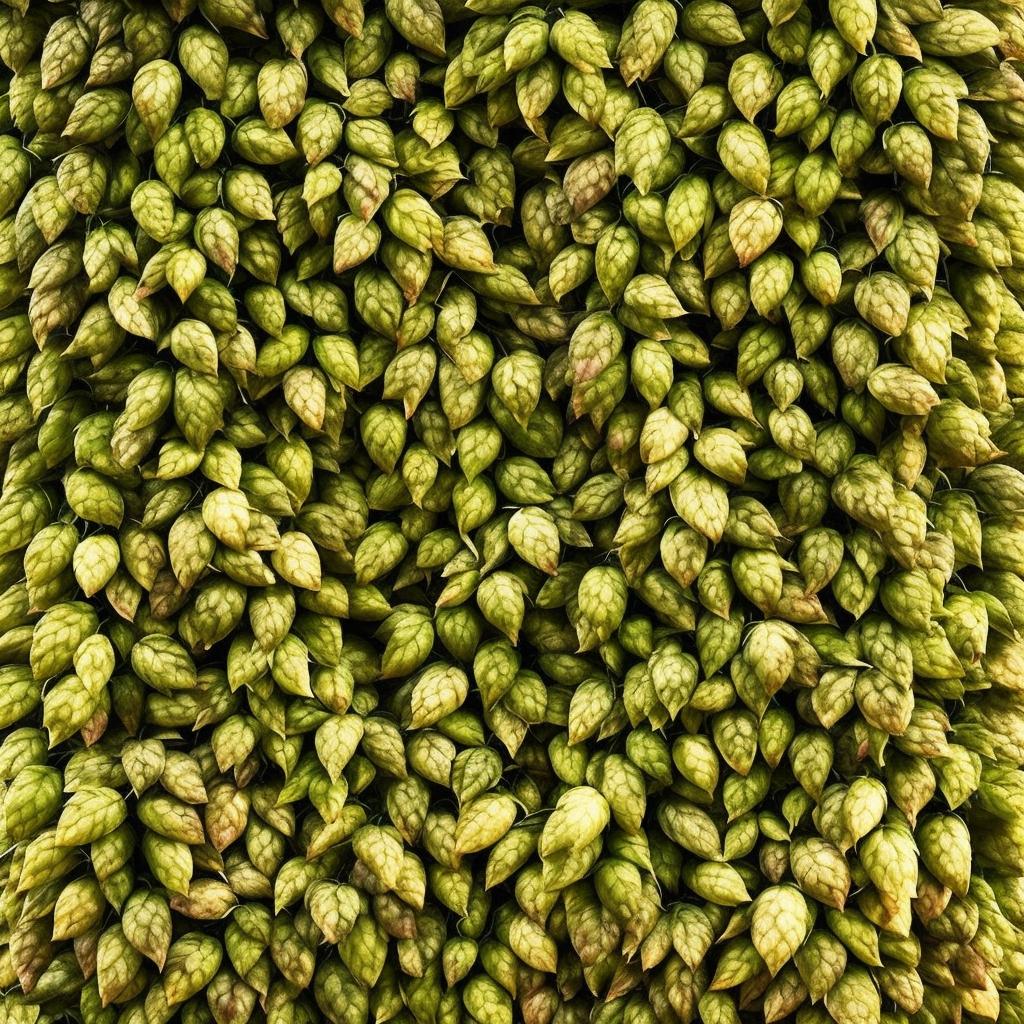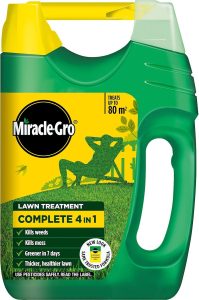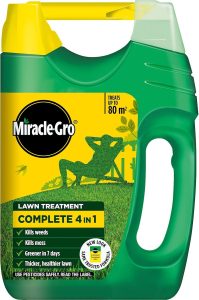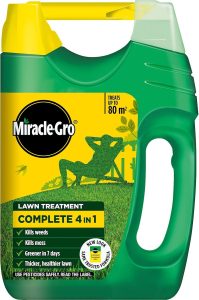In the world of craft brewing, hops are the unsung heroes that give beer its unique flavors and aromas. For beer enthusiasts looking to take their passion to the next level, why not try growing your own hops at home? This comprehensive guide will take you through the steps of cultivating these key ingredients, from choosing the right variety to harvesting your very own hops for that perfect homebrew. So grab your gardening gloves and get ready to embark on a hoppy new adventure!
Selecting the Perfect Hops Varieties for Your Home Garden
When it comes to , there are a few key factors to consider. One of the most important things to think about is the flavor profile you want to achieve in your homemade brew. Different hops varieties can impart unique flavors and aromas, so it’s essential to choose ones that align with your preferences. Some popular hops varieties to consider include:
- Cascade: Known for its floral and citrusy notes, Cascade hops are a versatile choice for a wide range of beer styles.
- Citra: This hop variety is prized for its tropical fruit flavors like mango and passionfruit, making it a popular choice for IPAs and pale ales.
- Simcoe: Offering a blend of earthy, piney, and citrusy flavors, Simcoe hops are perfect for adding complexity to your brew.
Another important factor to consider when selecting hops varieties for your home garden is the climate in which you live. Different hops varieties thrive in different growing conditions, so it’s crucial to choose ones that will do well in your area. Some varieties, like Centennial and Fuggle, are well-suited to cooler climates, while others, like Amarillo and Sorachi Ace, prefer warmer temperatures.
| Hops Variety | Best Growing Climate |
|---|---|
| Cascade | Moderate to cool |
| Citra | Warm to hot |
| Simcoe | Cool to moderate |
Essential Tips for Planting and Caring for Hops
Are you a beer enthusiast looking to take your homebrewing game to the next level? Growing your own hops can be a rewarding and fun experience. To help you get started, here are some .
**Planting Hops:**
- Choose a sunny location with well-drained soil.
- Plant hops in early spring, after the last frost.
- Space plants about 3 feet apart to allow room for growth.
Caring for Hops:
- Water regularly, especially during the hot summer months.
- Install a trellis or support system for hops to climb.
- Prune hops in the early spring to encourage new growth.
Harvesting and Storing Hops: Maximizing Flavor for Brewing
After carefully tending to your hops plants throughout the growing season, it’s crucial to harvest them at the peak of freshness to ensure the best flavor for your homebrewed beer. When harvesting hops, it’s important to look for the small, papery cones that house the lupulin glands, which contain the essential oils and acids responsible for adding aroma and bitterness to your brew. To maximize flavor, harvest your hops when the cones are at their ripest, usually when they feel dry to the touch and spring back when squeezed gently.
Once you’ve harvested your hops, it’s time to properly store them to maintain their freshness and flavor. To store hops, it’s best to dry them thoroughly to remove excess moisture, which can lead to mold and spoilage. Spread the hops out in a thin layer on a screen or towel in a well-ventilated area, away from direct sunlight. Once dry, store the hops in an airtight container in a cool, dark place to protect them from light and oxygen, which can degrade their flavor over time. By following these steps, you’ll be sure to have fresh, flavorful hops ready for your next brewing adventure.
Utilizing Homegrown Hops in Your Favorite Beer Recipes
When it comes to crafting your own beer, utilizing homegrown hops can take your favorite recipes to the next level. With the right knowledge and care, you can cultivate hops right in your backyard, allowing you to control the flavor profile of your brews like never before.
One key benefit of growing your own hops is the ability to experiment with different varieties, giving you the opportunity to customize your beer recipes to suit your taste preferences. Whether you prefer the citrusy notes of Cascade hops or the earthy tones of Fuggle hops, the possibilities are endless when you have access to your own homegrown supply.
Future Outlook
As you embark on your journey to grow hops at home, remember that patience and dedication are key to a successful harvest. Whether you’re a seasoned brewer or just starting out, the satisfaction of brewing beer with your own homegrown hops is a rewarding experience like no other. So put on your gardening gloves, grab your brewing equipment, and get ready to enjoy the fruits (or hops) of your labor. Cheers to a hoppy future filled with delicious homebrewed beer!




